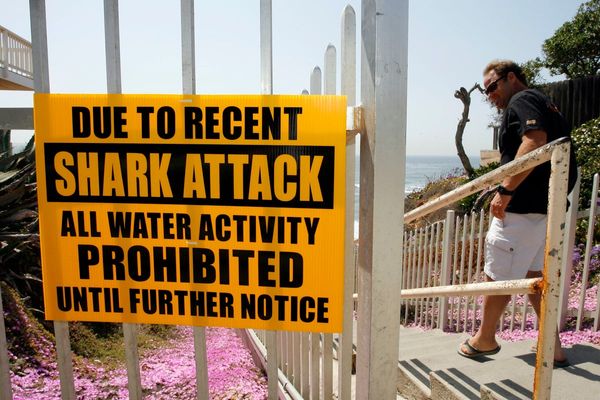There are 1,076 laboratory-confirmed cases of monkeypox in the UK. The latest figures were released by the UK Health Security Agency on Tuesday, June 28.
Of these cases nine were in Wales, 1,035 were in England, 27 were in Scotland, and five were in Northern Ireland. England has seen a soaring rate of the monkeypox virus over the past two months.
Since the last report on Friday, June 24, Wales has seen an additional case of monkeypox. England has seen an increase of 162 cases, Scotland one, and Northern Ireland two. That’s a total of 166 newly confirmed cases in five days.
Read More: Latest places where suspected monkeypox cases have been found
Monkeypox is a zoonotic infection caused by the monkeypox virus that can infect anyone. The current outbreak has “mainly been in gay, bisexual, and men who have sex with men without documented history of travel to endemic countries”, the UK Health Security Agency reports.
The outbreak is the first community transmission of the virus in the UK. Prior to this outbreak, all cases had been found to be imported from countries where monkeypox is endemic, “mostly in West and Central Africa”.
Over the period of three years - from 2018 to 2021 - there have only been seven cases of the virus confirmed in the UK. Four of these cases were imported, two were infected via household contact with an imported case, and one was a health care worker who had been caring for someone with an imported case of monkeypox.
Is the monkeypox virus deadly?
Monkeypox usually causes mild symptoms that most people recover from within a few weeks without treatment, according to the NHS . Symptoms, such as a rash, appear from one to five days after infection.
Symptoms include blisters, a high temperature, headache, muscle aches, backache, swollen glands, shivering (chills), exhaustion, and a rash that appears similar to chicken pox. The rash first appears as raised spots and becomes fluid-filled blisters that form scabs.
Those with mild symptoms are asked to isolate themselves at home. Those with severe symptoms will need specialist care in hospital
READ NEXT:
- 'Incredible' former BBC reality star Jasmine Burkitt dies aged 28
- Mum joins daughter on OnlyFans and now they've made £100k between them
-
Men used 'barbaric and unethical' method to catch fish in Llanelli river
-
Woman expecting baby with her window cleaner after love brewed over tea
-
'Psycho seagulls' force family to be prisoners in their own home







